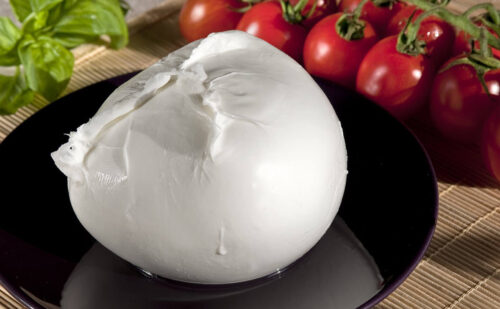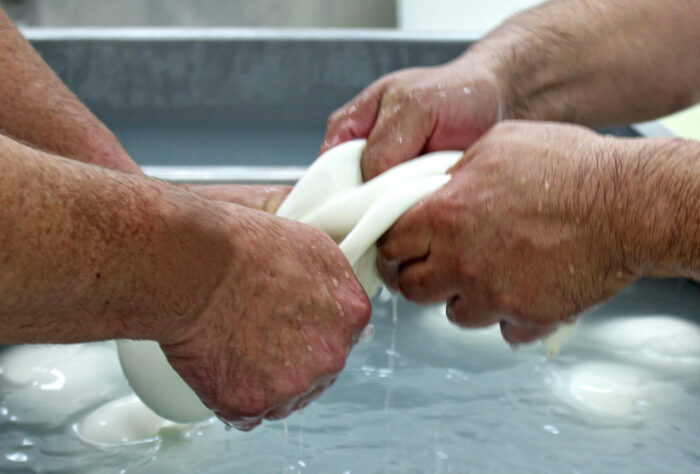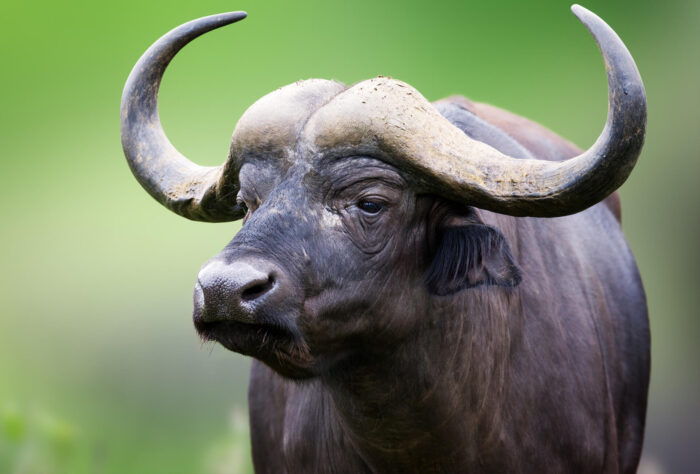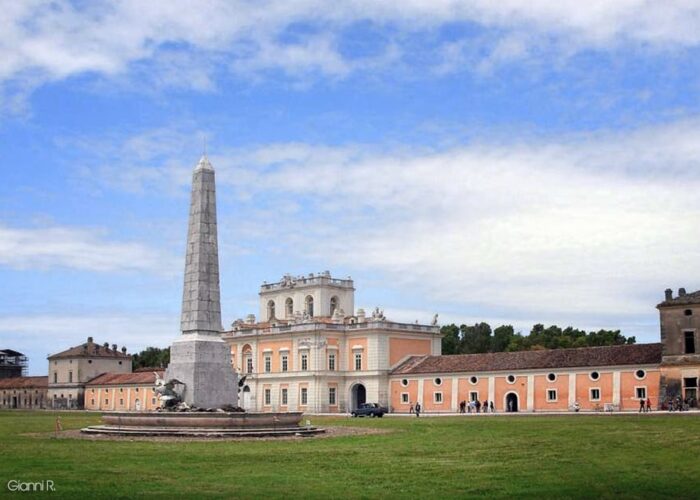The origins and history of the birth of mozzarella
Buffalo mozzarella is one of the most famous foods in the world, and was born in the Province of Caserta
History
The origin of Mozzarella di Bufala is very ancient, it is closely linked to the presence of buffaloes as early as the 11th century in the swampy plains of Campania "Piana del Volturno", in fact several manuscripts have been found historical notes about it, dating back to the Norman period , which refer to it. Mozzarella originally can be said to have been born between the Mazzoni (or Piana del Volturno) and Aversa families, while, at a later time, it developed in the Piana del Sele, in the Agro Caleno and in Lower Lazio.
Starting from the 16th century A.D. there is a strong diffusion of the buffalo in Campania, where at first it was bred as a pack animal and then as a dairy animal in the appropriate structures called straw or buffalo including the famous "Real Pagliara di Carditello" commissioned by the Bourbons on the border between Aversa and Capua, who transformed the milked milk into mozzarella, ricotta, butter and cheeses.
At first mozzarella was consumed only within the family that produced it, because it was considered a poor and of little value. It was thanks to the intervention of the King of Naples that with amazing territorial reclamations and development of communication routes, he speeded up transport, so mozzarella began to cross the borders of Campania, at the time the Kingdom of the Two Sicilies which also included Abruzzo, Molise, Basso Lazio, Puglie, Basilicata, Calabria and Sicily, making it a sought after and appreciated product on all tables, even noble ones, not only in the south.
The name
The name mozzarella derives from the term “mozzare”, referring to the manual cut made with the index finger and thumb starting from the still hot stretched curd, in order to create the shape of the cheese itself. The original mozzarella from Campania uses buffalo milk instead of cow’s milk.
Mozzarella was the less refined version of provola as it could not be stored for long. Also for this reason, initially its diffusion was limited to southern Italy.
The origins
The origin of mozzarella is linked to the introduction of buffaloes in Italy. According to some sources, these animals were introduced already with the Greeks in the center-south in the 4th century BC, for others, with the Norman kings around the year 1000.
Mozzarella was marketed in Capua as early as the sixteenth century, but a wider spread in Italy began in the eighteenth century. A structure for the breeding of buffaloes and the processing of milk was born at the palace of Carditello. The "bufalare" gradually began to spread: brick buildings with a circular plan, equipped with a central fireplace, where the milk of these animals was processed to obtain various cheeses. The mozzarella, easily perishable, was wrapped in sheets of rush or mortella and placed in amphorae. Certainly provola was more widespread than mozzarella but is closely linked to it, because it is equally made with buffalo milk, representing a further stage of processing.
The spreading
The increase in the consumption of buffalo meat and mozzarella at the end of the 18th century it is undoubtedly linked to the Royal Estate plant known as "Carditello".
The documents of the management of the "Royal Industry of buffalo straw", preserved in the archives of the Royal Palace of Caserta, and allow us to identify in the 80s of that century that "much attention" mentioned by de Salis Marchlins, which brings the improvement of the breed and the increase of the product: although the number of lactating specimens was reduced by about half in 1790, the quantity of products, in milk and mozzarella or provolone, is just 11% lower than the maximum of 1784 , which scored kg. 30840 of mozzarella or provolone, for the handling of which more than 129,500 liters of buffalo milk must have been used.
In the annual contracts for the procurement of the product of the "Royal Industry of the buffalo straw" in Carditello, it was established that the mozzarella had to remain in the sauce for 24 hours, while the provolone 48; the subsequent smoking, to which the latter was generally subjected, was an expedient for better conservation in view of easier transport and marketing
The beneficial influences of the Royal Estate are prolonged over time: in 1811 at the examination of the compiler of the Murattian Statistics, the buffalo breed from Campania, after the genetic improvement treatments implemented in the previous century also through crosses with specimens of the Piana del Sele it is better than that of the Roman countryside, so that buffalo breeding is a high-income activity (about 40% of the invested capital); which justifies the high number of animals (7800) present in the Capuan area.
A little more than fifty years later (1868), once the unit has already taken place, the picture appears to have changed considerably since the number of animals has been reduced to just over a third (2422): a direct and immediate consequence of the reclamation that affected the plains around the Volturno, recovering lands for agriculture, but drastically reducing those suitable for the buffalo habitat.
Today mozzarella has become known all over the world. Pizza, spaghetti and mozzarella, the three most famous Italian foods were born thanks to the Bourbons of the Kingdom of the Two Sicilies.
Mozzarella spread thanks to the Bourbon company in Carditello
External links




